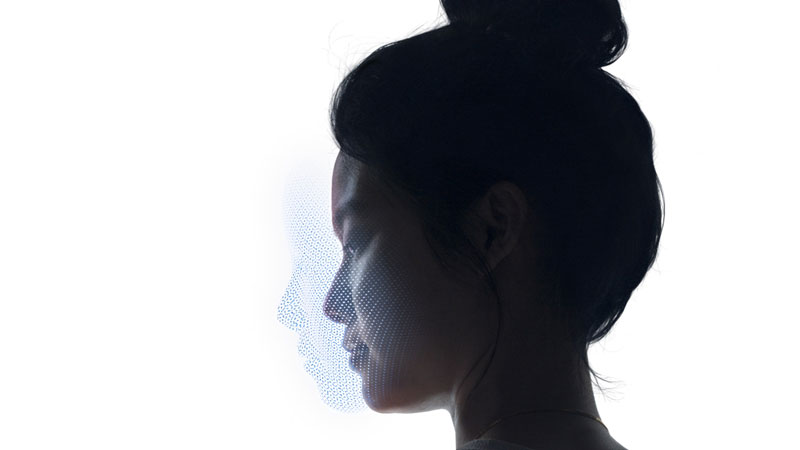With iPhone X getting in hands of many folks out there, we have started to get many of our questions answered. Apple removed one of iPhone’siconic feature from iPhone X i.e. the Touch ID fingerprint scanner. The company has replaced the authentication solution with its facial based scanning solution called Face ID. So, many have been wondering how fast and secure the Face ID is compared to the iconic Touch ID. Preliminary tests suggest that Touch ID 2.0 sensor is faster than the Face ID, however, it is not as simple as that. Hit the jump to learn more about it.

One of the tests performed purely based on the time it takes to get to unlock the device shows that Touch ID is slightly faster than the Face ID. It takes only a blink of an eye to unlock an iPhone either using Face ID or the Touch Id. However, when measured with a stopwatch in hand, it took iPhone X 1.2 seconds to unlock an iPhone X by pressing the Side button of the side of the device, and an additional 0.4 seconds to reach a usable screen. The same action performed on an iPhone 7 Plus using Touch ID took a total of 0.91 seconds.
I’ve been using Face ID on the iPhone X for more than 24 hours, and I don’t need a stopwatch to tell you that it unlocks my phone slower than when I was using Touch ID on my older iPhone 7 Plus. I used a stopwatch app anyway to prove my point.
This kind of tests treats Face ID as an extra step when it should not. As explained by John Gruber, instead of going through the complete process of pressing the Side button, wait for the Face ID to authenticate, and then swipe up to unlock, all you need to do is to think that Face ID is not even there. With the raise-to-wake feature or a tap on the screen, all you need to do is a swipe gesture as soon as the screen wakes up. There is no need to wait for the lock icon to change.
Starting with a tap of the side button is not how you’re supposed to do it — you’re creating a two-step process where you only need one.
If raise-to-wake kicks in and turns on the display, all you need to do is swipe up from the bottom. Don’t wait for the lock icon to change — don’t even worry about it. Just swipe up. If raise-to-wake hasn’t kicked in, and you’re holding your iPhone X in your hand with the display off, just tap the screen near the bottom and immediately swipe up. The best way to use Face ID is to pretend it isn’t even there and just swipe up from the home indicator.
The above-mentioned process is illustrated in the animation below, showing Face ID on iPhone X and Touch ID in action.

Matthew Panzarino also notes that Face ID may turn out to be faster than Touch ID when it comes to using it in performing routine actions, such as interacting with notifications. Watch the video below where he quickly interacts with notification with Touch ID on iPhone X.
Here. Let me show you in a video what I mean that Face ID in use is different than Face ID artificially clocked. pic.twitter.com/1jvU2f5vC2
— Matthew Panzarino (@panzer) November 1, 2017
Share your thoughts about Face ID replacing Touch ID int he comments section below.
The post Speed Comparison: Face ID Vs Touch ID appeared first on iPhoneHeat.




